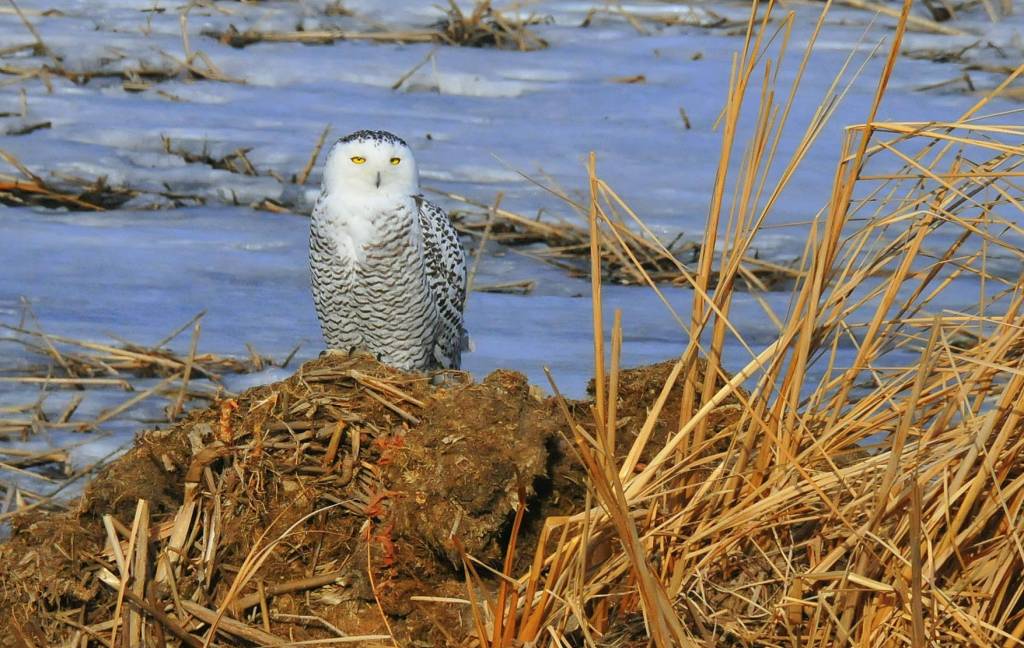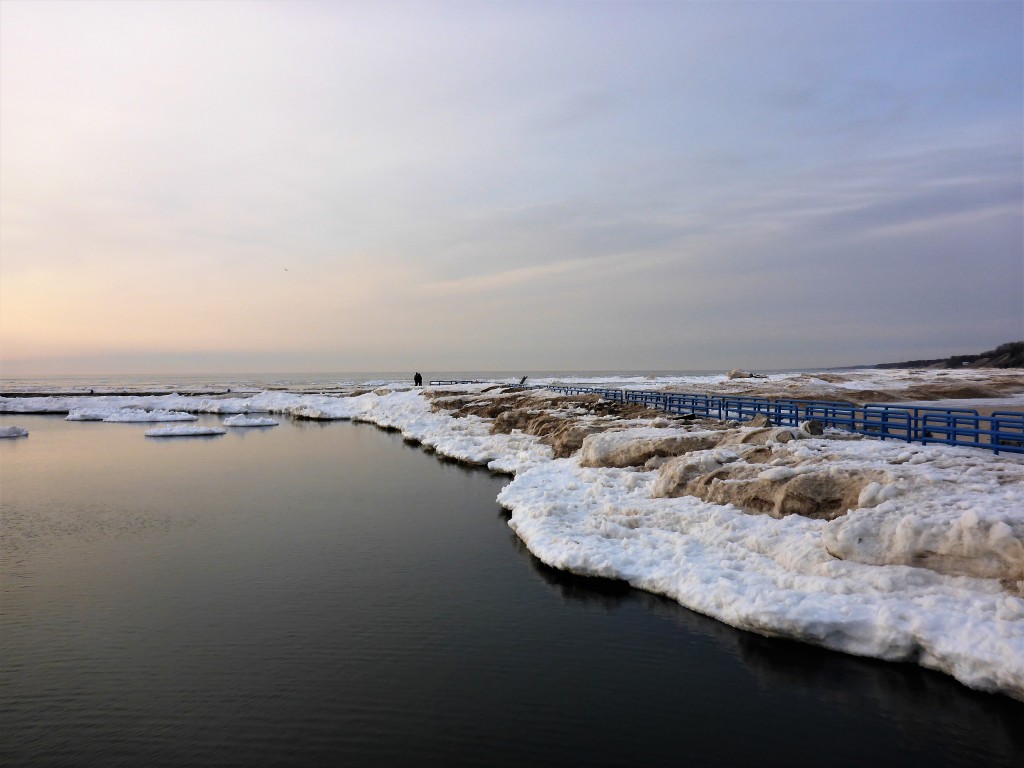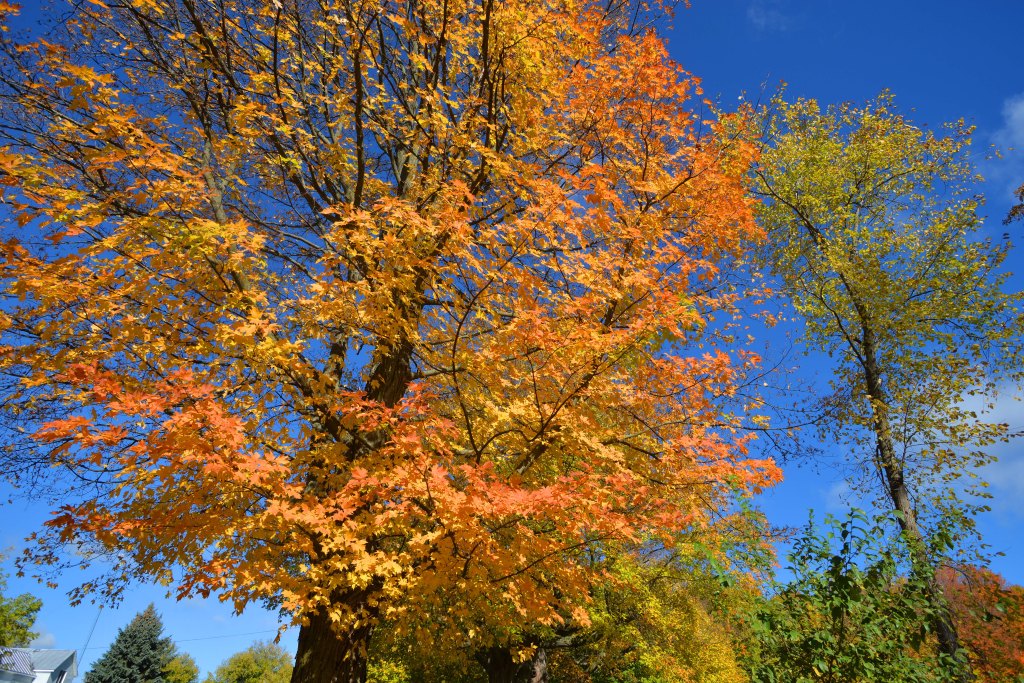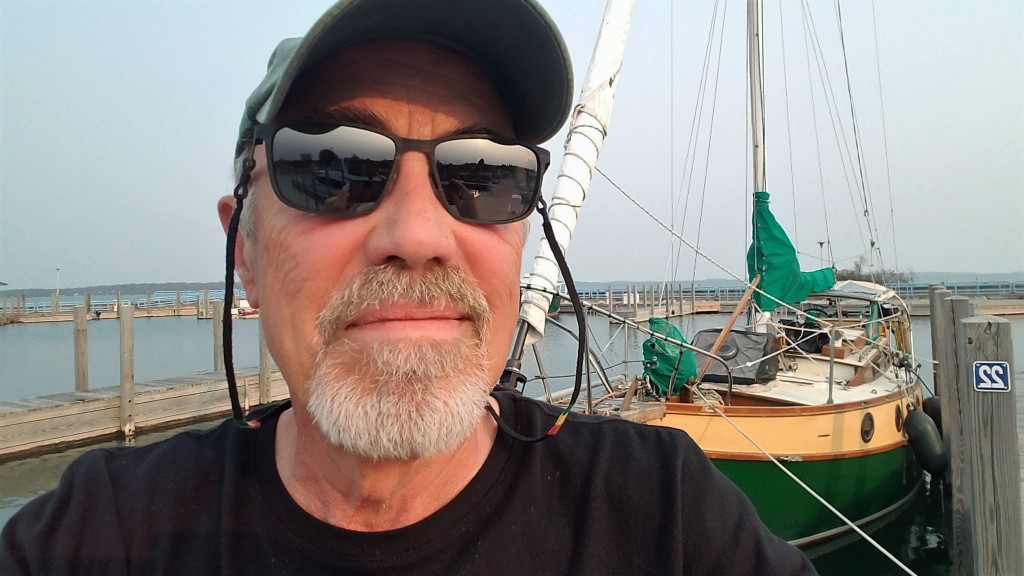
In an effort to reduce congestion and environmental damage at Mount Rainier National Park, staff are implementing a timed-entry reservation system this year. Park visitors will need a reservation to enter through the popular Nisqually, Stevens Canyon and Sunrise/White River entrance stations during peak hours.
“In recent years it’s been too common for visitors to sit in idling cars for a couple of hours at the entrance stations and then make laps through the parking lots hoping for an empty parking space,” said Superintendent Greg Dudgeon in a press release. “We are testing a system that will spread visitation out through the day and season to reduce crowding.”
Mount Rainier visitation has grown from just over 1.1 million visitors in 2013 to 1.6 million visitors in 2022, according to the National Park Service. Rainier’s pilot program is being evaluated and could become permanent in time. It is expected to reduce long lines at entry points, traffic gridlock and trail crowding during busy times. Reservation systems are are also being implemented at Arches, Glacier and Rocky Mountain national parks.
Visitors will be required to have reservations between 7 a.m. and 3 p.m. from May 24 to September 2 at the Nisqually or Stevens Canyon entrance on the Paradise Corridor; and from July 3 to September 2 at the White River entrace on the Sunrise Corridor. Reservations will cost $2 per vehicle. They are good for two hours. No reservations are needed before 7 a.m. or after 3 p.m. Visitors with reservations for lodging or camping in the park do not need an additional timed-entry reservation. They can enter the park after 1 p.m. on the first day of their reservation.
“Whether it’s trampling wildflower meadows or circling to find a parking spot at Paradise or Sunrise, the experience at Mount Rainier is not always what it should be,” said Rob Smith, Northwest Regional Director of the National Parks Conservation Assocation. “Mount Rainier was the first national park to open to automobiles. Now its time to take the next step to decrease congestion and reduce traffic so everyone can enjoy a quality experience today and into the future.”
For more information or to book a reservation see: https://www.nps.gov/mora/planyourvisit/permitsandreservations.htm























